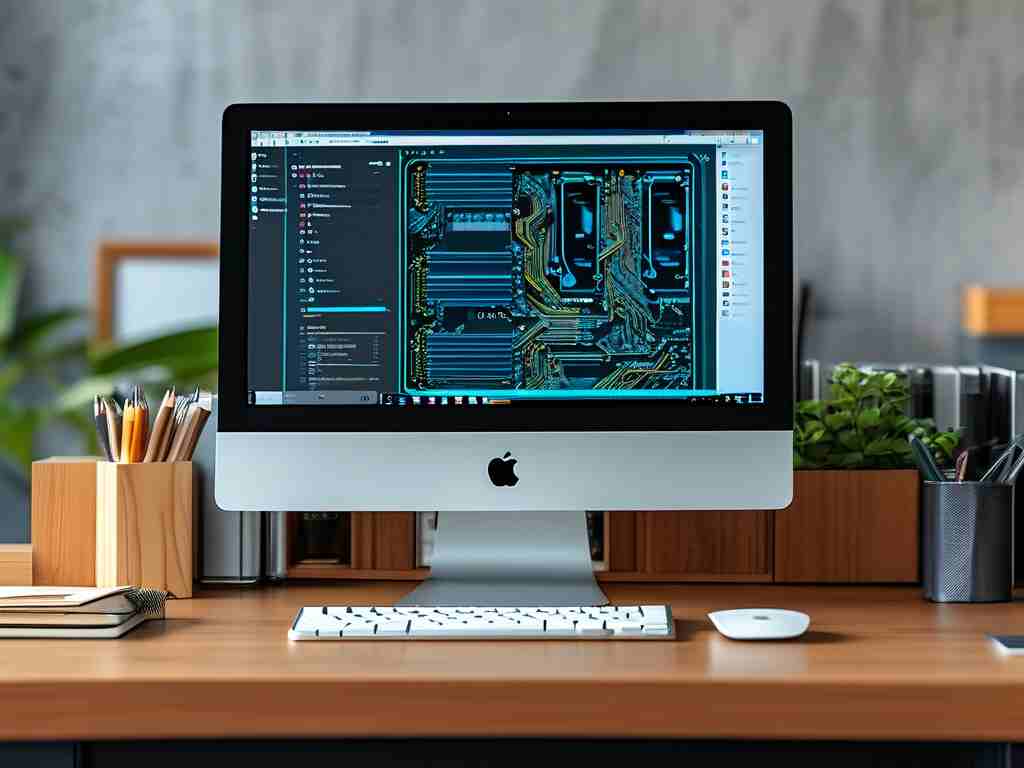Pixi.js has become a cornerstone for building high-performance graphics in web applications, but managing memory efficiently remains a persistent challenge for developers. Unlike traditional DOM-based rendering, Pixi.js relies on WebGL and canvas elements, requiring explicit handling of GPU resources and JavaScript object lifecycles. This article explores practical strategies to prevent memory leaks and optimize performance in Pixi.js projects.

Understanding Pixi.js Memory Allocation
Pixi.js automatically handles texture uploads to the GPU, but developers must manually manage object disposal. A common pitfall occurs when removing display objects from the stage without properly destroying associated resources. For example:
const sprite = new PIXI.Sprite(texture);
app.stage.addChild(sprite);
// Incorrect removal
app.stage.removeChild(sprite);
// Correct approach
sprite.destroy({ texture: false, baseTexture: false });
The destroy() method ensures that WebGL textures, event listeners, and custom properties are garbage-collected. Retaining texture references unnecessarily can lead to GPU memory bloat, especially when using dynamic asset loading.
Texture Management Strategies
Pixi.js maintains a global texture cache, which can become a memory hog if not monitored. Use PIXI.utils.TextureCache to track loaded assets, but implement a reference-counting system for shared textures. For projects with frequent asset changes, consider:
- Atlas Packing: Combine small textures into sprite sheets to reduce texture swaps
- LRU Caching: Implement a least-recently-used cache eviction policy
- Manual Unloading: Call
PIXI.Texture.removeFromCache()for unused assets
// Safely remove a texture
const texture = PIXI.Texture.from('asset.png');
PIXI.Texture.removeFromCache(texture);
texture.destroy(true);
Event Listener Leaks
Interactive elements often cause hidden memory leaks. Always remove event listeners before destroying objects:
const button = new PIXI.Container();
button.on('click', handleClick);
// Proper cleanup
button.off('click', handleClick);
button.destroy({ children: true });
Memory Profiling Techniques
Use Chrome DevTools' Memory tab to:
- Take heap snapshots before/after scene transitions
- Track detached DOM elements (even in WebGL contexts)
- Identify retained Pixi.js objects through constructor filters
For advanced analysis, leverage Pixi.js' built-in PIXI.utils methods:
// Log current texture memory usage console.log(PIXI.utils.TextureCache.size);
Pooling and Reusability
Object pooling significantly reduces garbage collection pressure. Create recyclable containers for frequently spawned/destroyed elements:
class BulletPool {
constructor() {
this.pool = [];
}
acquire() {
return this.pool.pop() || new Bullet();
}
release(bullet) {
bullet.resetState();
this.pool.push(bullet);
}
}
Best Practices for Large Projects
- Scene Management: Destroy entire scene hierarchies when switching views
- Texture Compression: Use BASIS universal format for GPU-friendly assets
- Memory Thresholds: Implement warning systems for texture memory limits
- WebAssembly Integration: Offload heavy computations to Rust/C++ modules
Debugging Memory Leaks
Create a wrapper class to track object lifecycles:
class TrackedSprite extends PIXI.Sprite {
constructor(texture) {
super(texture);
MemoryTracker.register(this);
}
destroy(options) {
MemoryTracker.unregister(this);
super.destroy(options);
}
}
By adopting these strategies, developers can maintain smooth frame rates even in complex Pixi.js applications. Regular memory audits and disciplined resource management prevent the gradual performance degradation that plagues many WebGL projects. Test memory patterns across multiple browser engines, and remember that mobile devices typically enforce stricter memory constraints than desktop environments.









